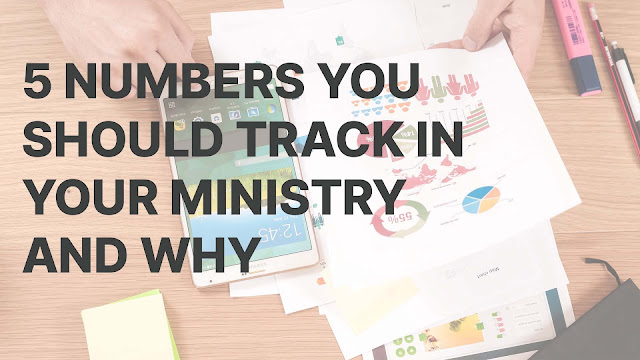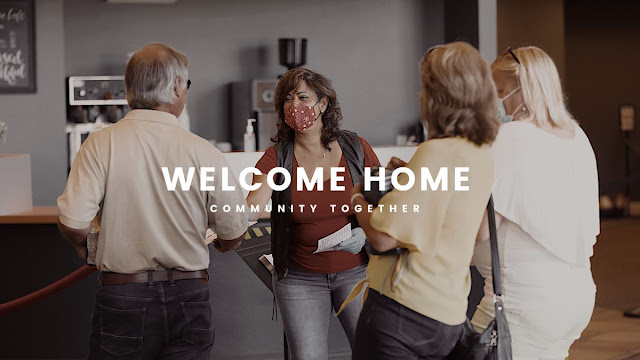3 Methods of Communication that Work
VBS was 5 days away. I’ve been working on it for weeks. There was a booth in the lobby, an announcement in the bulletin, posters in the children’s hall, volunteers recruited, and supplies arriving every day. It was on my own social media channels including the kids Facebook page, but I needed it to be said on the main church social channels.
I created the content and sent it over to the social media manager. He said he loved it and would get it cued up for sharing. The he asked, “When is it?”
“Monday.”
Face palm.
To be fair, the guy was new and didn’t have kids. He knew it was coming but hadn’t paid attention as to when. Parents and volunteers are sometimes worse.
You can talk about the event or program over and over again. You put up posters, make slides, and make an announcement from the stage, and you get crickets. Or even worse, the week after your event, someone asks you when it is.
I hope your story isn’t like this, but mine has been. It’s frustrating and disheartening. Fortunately, there is a better way.
For every event, program, initiative, or whatever you’re doing, there needs to be a strategy for telling people about it. If you’ve been in ministry for a while, you know the only thing worse than no one showing up, is one person showing up. But that’s a different story.
Here are three channels I use to get the word out that works every time.
1. Take-home paper
 |
| We used this flyer to advertise JBQ. Our team tripled after the Parent Info Meeting. |
Just recently we had a Bible Club called JBQ that was in danger of closing. It needed at least four kids to keep going, and at best, we were only going to have two. The problem was that the club met during the smallest service, and as far as an outsider could tell, the club was nonexistent. After talking with some parents and the leaders, I discovered the reason no one was involved was because parents didn’t know what it was.
So, after making a communication plan, we printed flyers inviting parents to an informational meeting. For two weeks, every parent who checked out their kid out of any service had a conversation with me or one of the JBQ leaders about the club. After the informational meeting, the club tripled.
When you give a paper out, the temptation is to just hand it to the parent or even worse to the kid. This is a recipe for disaster. Use the paper as a talking point. Tell the parents why you’re giving it to them what you’re asking them to do with it. It takes some time and intentionality, but it’s worth it.
2. Email
 |
This is the welcome email I send to every parent. You can see the full email here. |
If done properly, email can be your greatest asset for getting the word out about an event. It’s not as personal as a letter or face to face, but everyone has email and most people check it every day, if not multiple times a day. Your church should have a database of all of the people who attend your church and hopefully their email address. This is an incredible asset you should be using regularly.
When I first started sending emails regularly, I sent them through my email client and Bcc’d all of the parents. I worked under the false assumption that everyone read the email. As time went on, I made the shift to Constant Contact and then Mailchimp, both are excellent email marketing managers. To my surprise, as I sent out the emails, only 20% of them were actually opened and even fewer were clicked on. I was upset, but when I learned that most email campaigns have a 1-3% open rate, I realized I was doing awesome!
I email my parents every week telling them what we talked about over the weekend, giving free resources to help them parent, and announcing what’s coming up. I rarely do more than three announcements and include a picture with each one. Sometimes I use a logo, but a picture of kids participating in the past event is far more effective.
By sending the email consistently on the same day of the week, parents begin to expect the email, and you’re far less likely to be annoying or sent to the spam folder.
For years, I never asked to send email to parents. If they gave me their email or it was in the database, I emailed them. I have found that asking for permission goes a long way and gives you better subscribers. So, before parents receive my regular weekly emails, they get two introductory emails.
The first email introduces them to me, the ministry, and the email system. I ask for permission to send the email and give them the option to unsubscribe. The next week, I send them a mock email of what the weekly email will look like. It walks them through each element and how it serves them. I then give them another opportunity to unsubscribe. If they don’t, then they are added to weekly email list until they tell me to stop.
Media is constantly changing, but email isn’t going anywhere any time soon. So, if you want to get the word out, send an email.
When I first started sending emails regularly, I sent them through my email client and Bcc’d all of the parents. I worked under the false assumption that everyone read the email. As time went on, I made the shift to Constant Contact and then Mailchimp, both are excellent email marketing managers. To my surprise, as I sent out the emails, only 20% of them were actually opened and even fewer were clicked on. I was upset, but when I learned that most email campaigns have a 1-3% open rate, I realized I was doing awesome!
I email my parents every week telling them what we talked about over the weekend, giving free resources to help them parent, and announcing what’s coming up. I rarely do more than three announcements and include a picture with each one. Sometimes I use a logo, but a picture of kids participating in the past event is far more effective.
By sending the email consistently on the same day of the week, parents begin to expect the email, and you’re far less likely to be annoying or sent to the spam folder.
For years, I never asked to send email to parents. If they gave me their email or it was in the database, I emailed them. I have found that asking for permission goes a long way and gives you better subscribers. So, before parents receive my regular weekly emails, they get two introductory emails.
The first email introduces them to me, the ministry, and the email system. I ask for permission to send the email and give them the option to unsubscribe. The next week, I send them a mock email of what the weekly email will look like. It walks them through each element and how it serves them. I then give them another opportunity to unsubscribe. If they don’t, then they are added to weekly email list until they tell me to stop.
Media is constantly changing, but email isn’t going anywhere any time soon. So, if you want to get the word out, send an email.
3. Social Media
 |
| See my Facebook Page here |
You can’t talk about communication these days without talking about social media. There are a ton of channels out there, but the one you need to focus on is the one your parents are on. Some churches, it’s Twitter, others Instagram, and all of them it’s Facebook. When Facebook started, all you had to do was create a page, invite some people to like it and boom, instant, free advertising. Churches used it as a bulletin board and put all of their announcements on it.
However, FB has changed. If you want that announcement to go out, you’re going to have to pay for it. Also, unless your information sparks conversation, it’s not going anywhere. Long gone are the days where you can type a sentence and every one of your followers will see it. FB loves pictures, videos and live videos in that order. (This may have completely changed by the time you’re reading this, but right now, it’s true.) Post regularly and consistently and don’t be afraid to throw some money behind a post that’s doing well with likes, comments, and shares. Ten dollars can change your reach from 100 people to 1,000 people in two days.
If you need help on what to post, there are many companies that create content you can purchase to share on your channels. Personally, I use GoWeekly.com. It’s an Orange product and gives me everything I need for social and more.
The new way to use Facebook is groups. Groups function like pages did in the past and the more users engage in the group, the more they will see the posts. Also, you can set the privacy of the group to where everyone can see it, or no one can see it. I recommend a closed group for parents so that they can find the group but can’t see what’s being posted until they’re in it. I use secret groups because I can only add people by invitation. It’s not searchable so, I don’t have to worry about people seeing it. I use these for leaders and personal networking. I’ve never created a public group, but they can be useful if you don’t care who is in the group or hiding what the people are saying.
The focus on social is not getting the word out, but rather on building community. Ask questions, share photos on what’s happening, create events for people to interact with online and off. Social Media is still young, but it can be a great tool to leverage for communication.
I once had a co-worker that was constantly looking for the silver bullet in communication. He wanted THE one thing he could say or share and that would get the word out to everyone.
The truth is, that doesn’t exist. With people attending church less and less, and our communication channels splintering into a thousand different directions, you’ll never reach everyone. However, as Seth Godin likes to say, reach the least viable audience.
Using the three tools I’ve outlined here will go a long way to communicate to parents. But don’t be afraid to experiment with other methods as well. There are always more technologies coming out that you can try. And sometimes you can’t beat an announcement from the stage or a message in the bulletin.
Communicate with stories. Communicate with consistency. Communicate with compassion. Communicate with humility. Your message will be heard, and someone’s life could be impacted forever.





Comments
Post a Comment